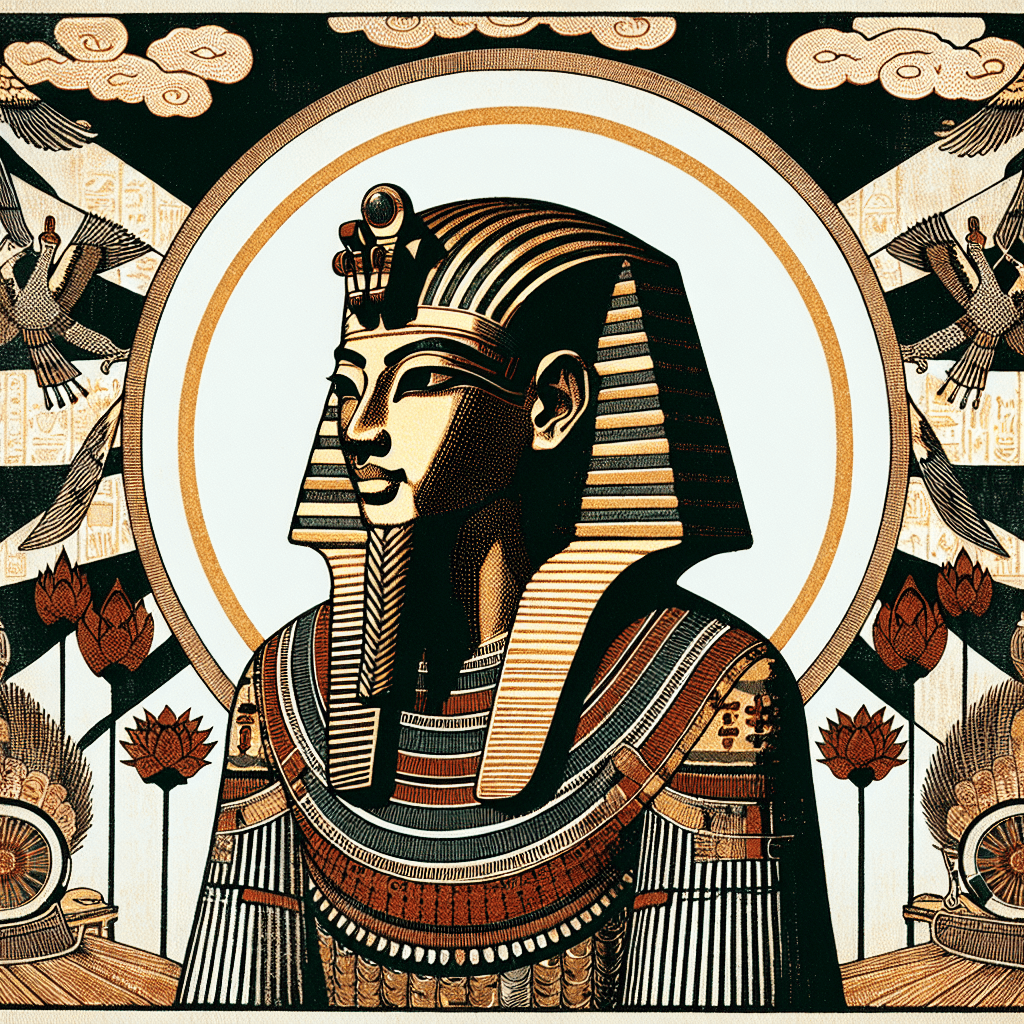

syndu | Oct. 4, 2023, 1:51 a.m.

Introduction
Ancient Egypt, a civilization that flourished for over three thousand years, was governed by a line of rulers known as pharaohs. These leaders were not mere mortals in the eyes of their subjects but were considered gods on earth. This blog post will explore the role, power, and influence of pharaohs during the Old and Middle Kingdom periods of Ancient Egypt.
Section 1: The Old Kingdom
The Old Kingdom, also known as the Age of the Pyramids, spanned from 2686 to 2181 BC. During this period, pharaohs were seen as living gods who ensured the prosperity and stability of Egypt. They held absolute power, controlling the economy, the military, and the religious institutions.
Pharaohs like Djoser, who built the Step Pyramid, and Khufu, who commissioned the Great Pyramid of Giza, demonstrated their power through monumental architecture. These structures served not only as their tombs but also as a testament to their divine status and influence.
Section 2: The Middle Kingdom
The Middle Kingdom, from 2055 to 1650 BC, is often considered a period of cultural and political renaissance. The pharaohs of this era continued to hold significant power, but there was a shift in their perceived role. They were no longer seen as living gods but as shepherd of their people, responsible for their welfare.
Pharaohs like Senusret III and Amenemhat III left their mark through a series of public works, including fortresses, temples, and irrigation projects. These initiatives reflected their role as caretakers of their people and the land.
Section 3: The Evolution of Pharaohs' Power
The transition from the Old to the Middle Kingdom marked a significant evolution in the role, power, and influence of the pharaohs. While they maintained their status as supreme rulers, their relationship with their subjects changed. They became more accessible to their people, and their responsibilities extended to ensuring the welfare of their subjects.
This shift was influenced by various political, social, and cultural changes, including the decentralization of power, the rise of the middle class, and the spread of literacy. These changes allowed for a more complex society and a more nuanced view of the pharaoh's role.
Conclusion
Understanding the role of pharaohs in the Old and Middle Kingdoms provides valuable insight into the dynamics of Ancient Egyptian society. These leaders were more than just political figures; they were the embodiment of the divine on earth, shaping the religious, social, and cultural landscape of their time. Their legacy continues to captivate us, offering a glimpse into a civilization that has long since passed but continues to fascinate.